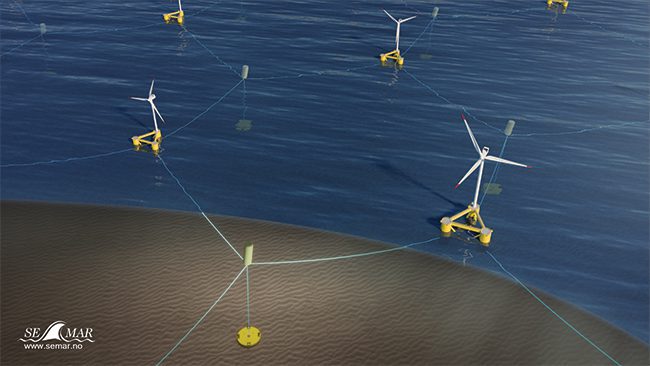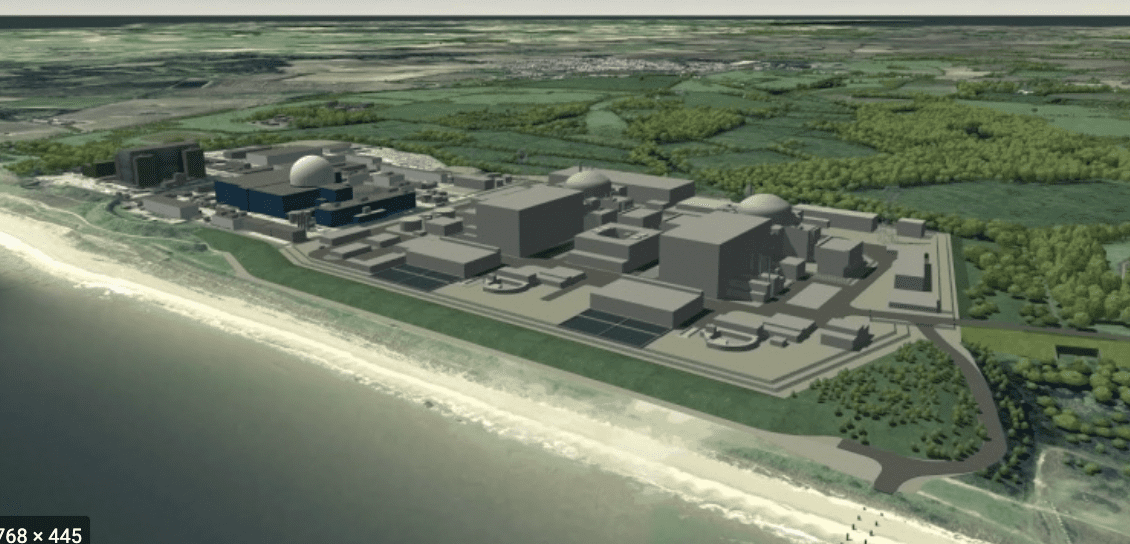Itron, PG&E Announce Program to Support EV Charging with Grid Edge Intelligence
Itron, which provides energy, water, intelligent infrastructure services and more for utilities and cities, announced it is joining with California utility Pacific Gas and Electric (PG&E) to make electric vehicle […]
The post Itron, PG&E Announce Program to Support EV Charging with Grid Edge Intelligence appeared first on POWER Magazine.




